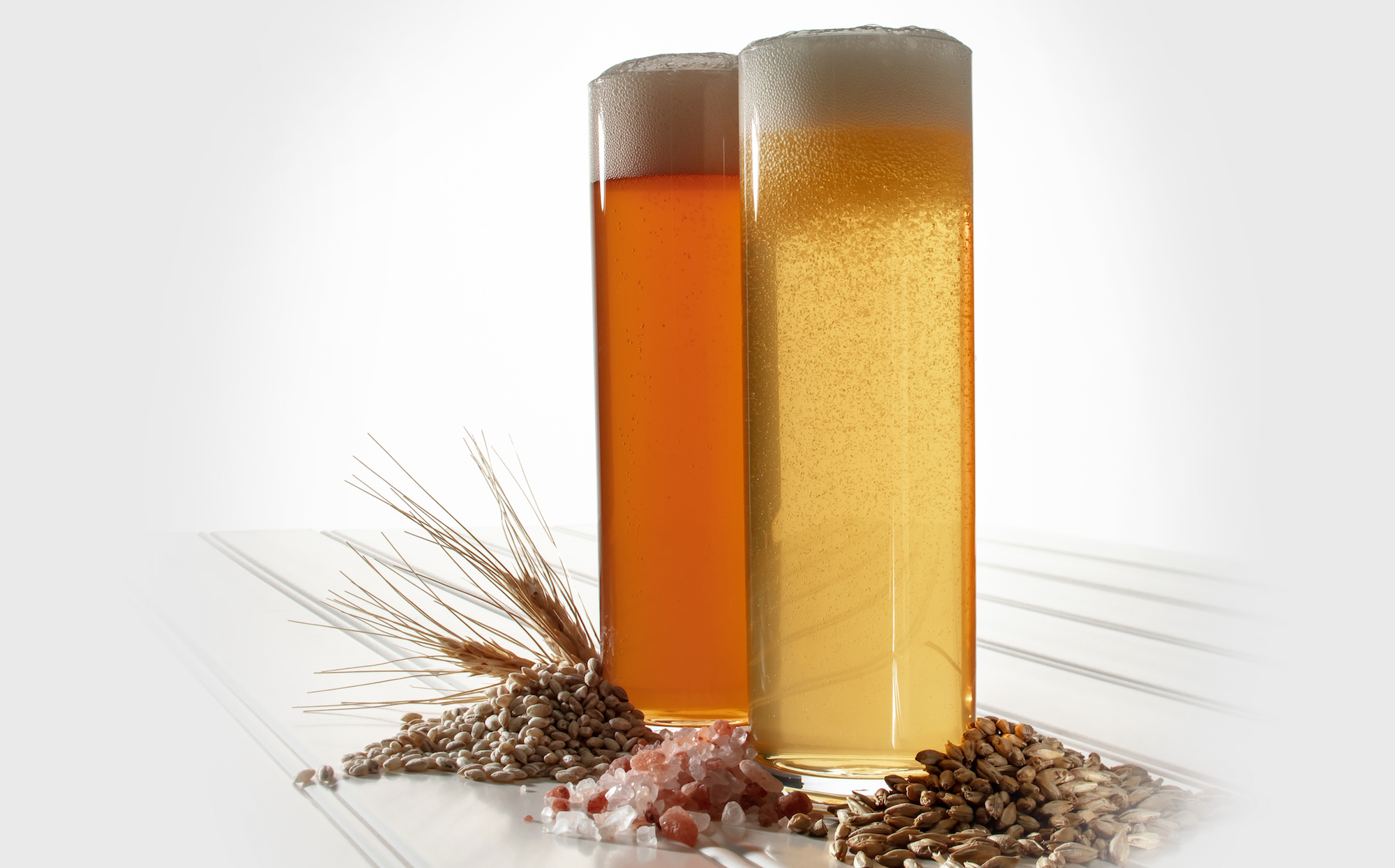The Cream of Wheat
Malted barley is the backbone of beer as we know it. And why not? It’s delicious, versatile and has a satisfying sweet aspect. But: it’s not the only grain in the brewery. Since its earliest days in the Neolithic Middle East, when cereal grains were still being domesticated, beers incorporated not only barley, but emmer and einkorn wheat and spelt as well.



